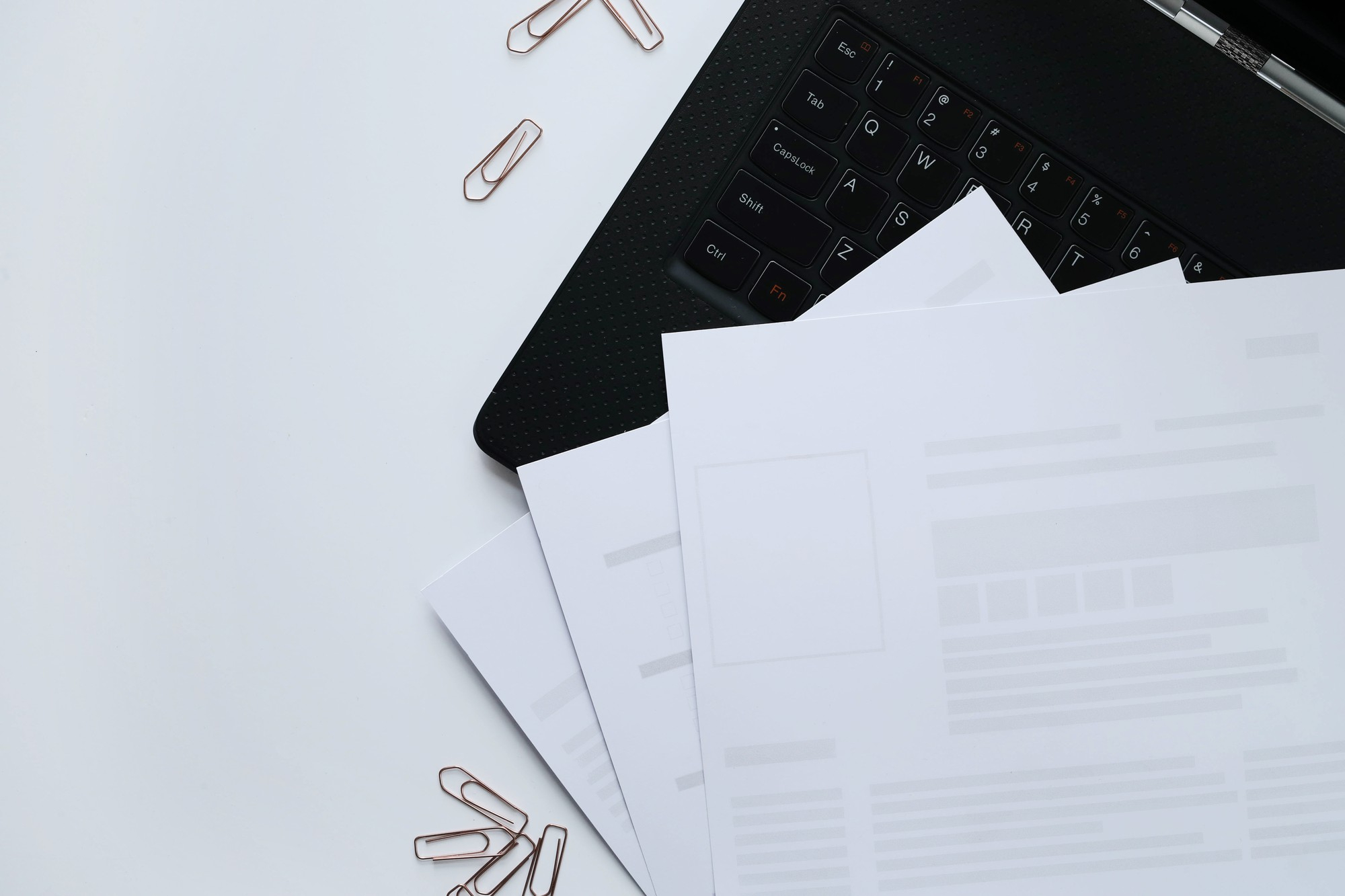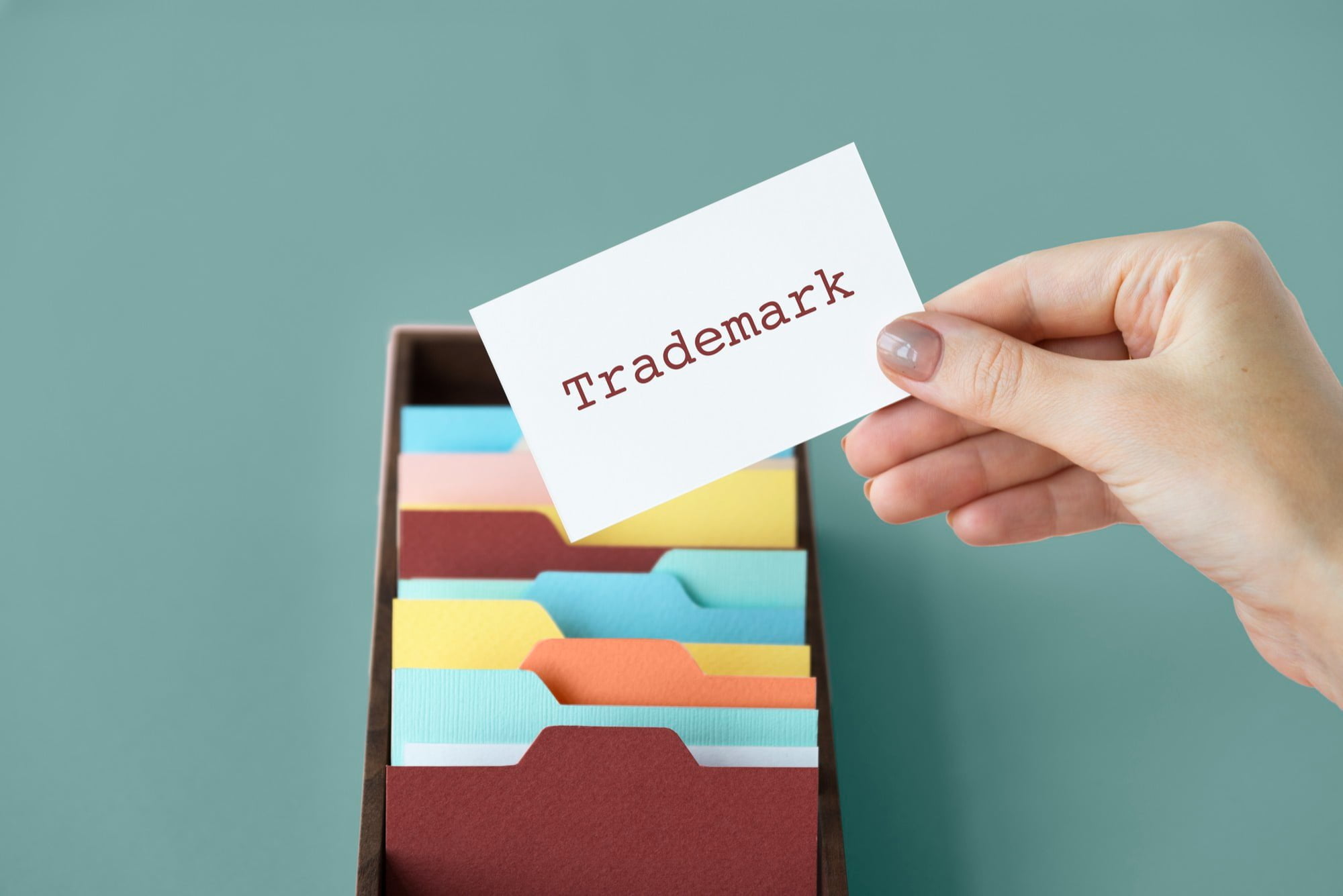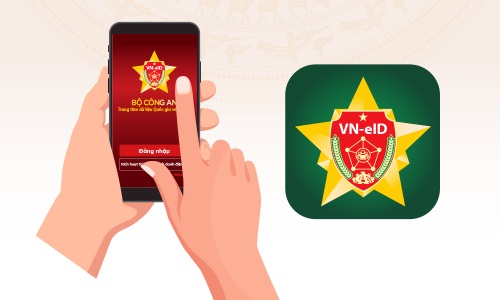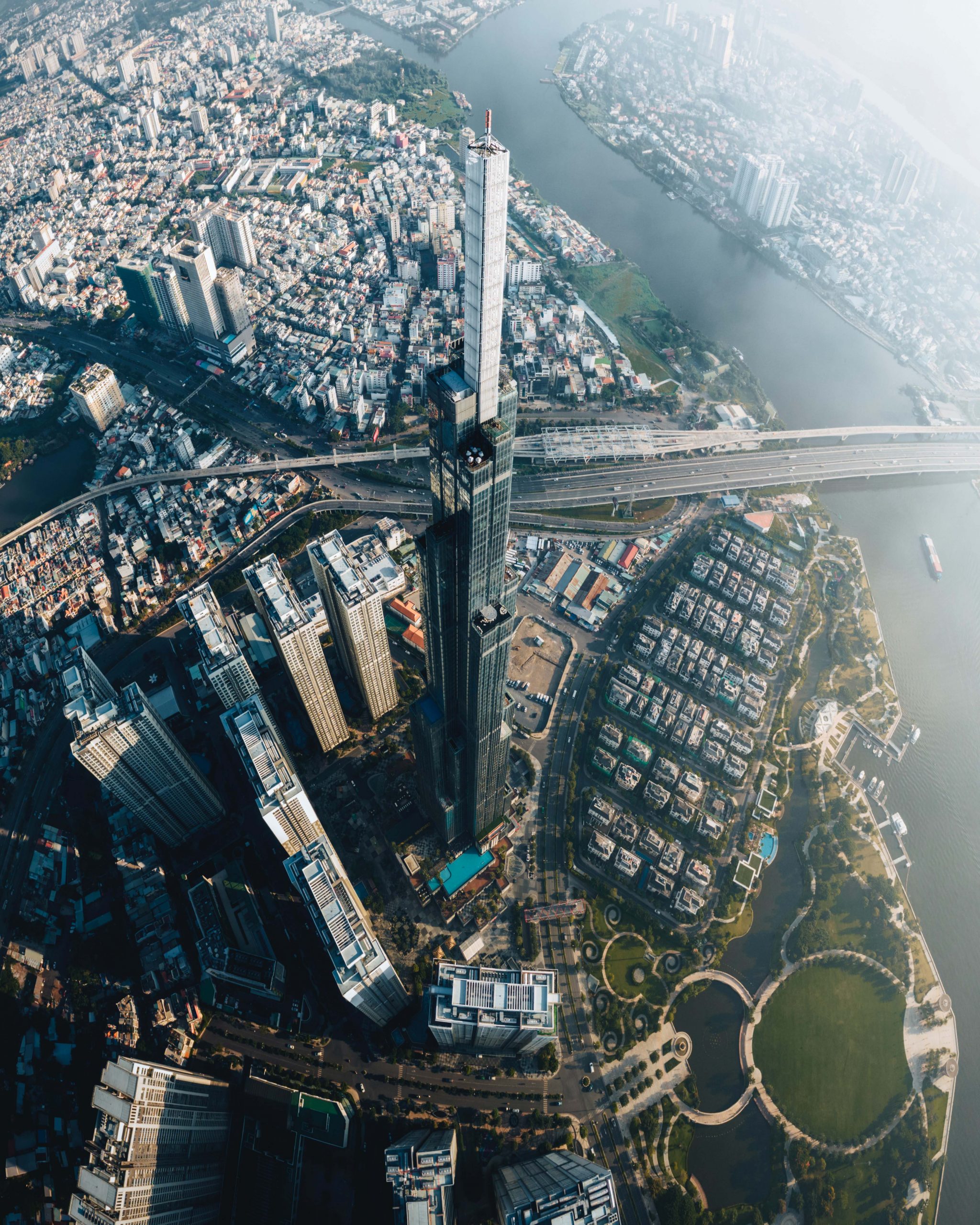1. The concept of the “safe harbor”
During the first decade since the Internet was initially introduced into Viet Nam in 1997, sharing or downloading online materials which are pirated were taken for granted by most users. This problem was seemingly not given proper attention until copyright-infringed materials tremendously spread on the Internet, causing considerable losses to the copyright owners and being seriously condemned by overseas companies investing their intellectual properties in Viet Nam. Internet service intermediaries have been the first ones blamed for this issue by copyright owners.
Law on Information Technology 2006 (the “IT Law”) has been promulgated to identify internet service intermediaries (ISIs) on which a liability mechanism for ISIs is based to develop. According to the IT Law, ISIs are classified upon the main function into four groups, which are transmission of digital information, temporary storage of digital information, lease of digital information storage space, and digital information search tools. The regulation of ISI duty is approached in a way that sets forth the conditions under which an ISI is exempted from taking liabilities if it satisfies those. The mechanism is also commonly known amongst legal academics and practitioners by another name as the “safe harbor” for ISIs.
2. What are the liabilities of ISIs?
Accordingly, an ISI shall not be subject to any liability regarding the content of the information, except where the ISI is the primary source of the information or interferes by editing the information, purposely selecting receivers of the information, illegally collecting or revealing information without the permission of owners. In the case where there is a notice from competent authorities, ISIs are responsible to promptly disable access to or delete violating contents.
In terms of copyright matters, Joint Circular No. 07/2021/TTLT-BTTT-BVHTTDL (the “Joint Circular 07”) has been enacted to specify the obligations of ISIs in relation to contents infringing copyright. The Joint Circular 07 obliges an ISI to remove or disable access to copyright-infringed materials where a written request is presented by competent authorities. Plus, the ISI will be directly subject to paying damages if:
(i) It is the original sources of materials published or supplied without the owner’s permission;
(ii) It edits, truncates or copies materials in any manner without the owner’s permission;
(iii) It intentionally disables technical protective measures performed by copyright’s owners; or
(iv) It operates as a secondary distribution source of materials which are originated from copyright-violated acts.
3. The “safe harbor” regime under DMCA of the U.S
The above classification and the liability regulations applied to ISIs in Viet Nam are quite similar to that of DMCA of the U.S. The DMCA also creates an exemption mechanism under which ISIs are released from liabilities to copyright infringement committed by a third party if required conditions are met.
Pursuant to DMCA, prerequisites to be relieved from liabilities under DMCA are differently applied upon the specific function of an ISI. However, the general ideas of the mechanism are that an ISI will not be subject to any liabilities if the digital information is automatically transmitted and not backed up in the system of the ISI, except for the purpose of technical matters. Also, the transmitted contents must not have interfered with and receivers of the information are not specifically selected before that. Additionally, the ISI must prove it does not financially benefit from the violation. Last but not least, the ISI must expeditiously remove or disable access to the infringing contents when it receives a notice from the copyright’s owner. This rule has created the “notice-and-takedown” procedure which is a must-complied condition if the ISI wants to be released from liabilities.
The procedure purportedly puts copyright owners in the responsibility to detect, notify and prove violations to ISIs, rather than letting ISIs control by themselves all contents posted on their platforms. The perspective of DMCA’s legislators on limiting liabilities of ISIs is rational by reason of the massive number of materials uploaded and shared across the world every day. Therefore, it is apparently impractical if an ISI have to monitor and exam all contents by itself. According to one of the senators who contributed to the writing of the DMCA, the purpose behind the legislation was to clarify ISP liability so that ISPs would be incentivized to continue investing resources to maintain the Internet’s speed and capacity.
4. Conclusion
The approach of the IT Law and Joint Circular 07 is close to the idea of countries that have successfully developed the “safe harbor” for ISIs. However, provisions under those legal documents are still highly general and lay ISIs vulnerable to claims against violations of a third party. A copyright owner has the right to file a lawsuit to demand damages even the ISI has taken down the infringed contents at the request of the owner before that. This is because removing violating materials is regulated as an obligation rather than a condition for an ISI to be relieved from legal responsibilities. In other words, the ISI must prove itself does not fall into one of the circumstances the laws stipulate. Therefore, a question is raised that whether an official process like “notice-and-takedown” procedure is necessary to effectively protect ISIs from copyright infringement of their users.
If you have any questions or require any additional information, please contact Apolat Legal – An International Law Firm in Viet Nam.
This article is for general information only and is not a substitute for legal advice.





































